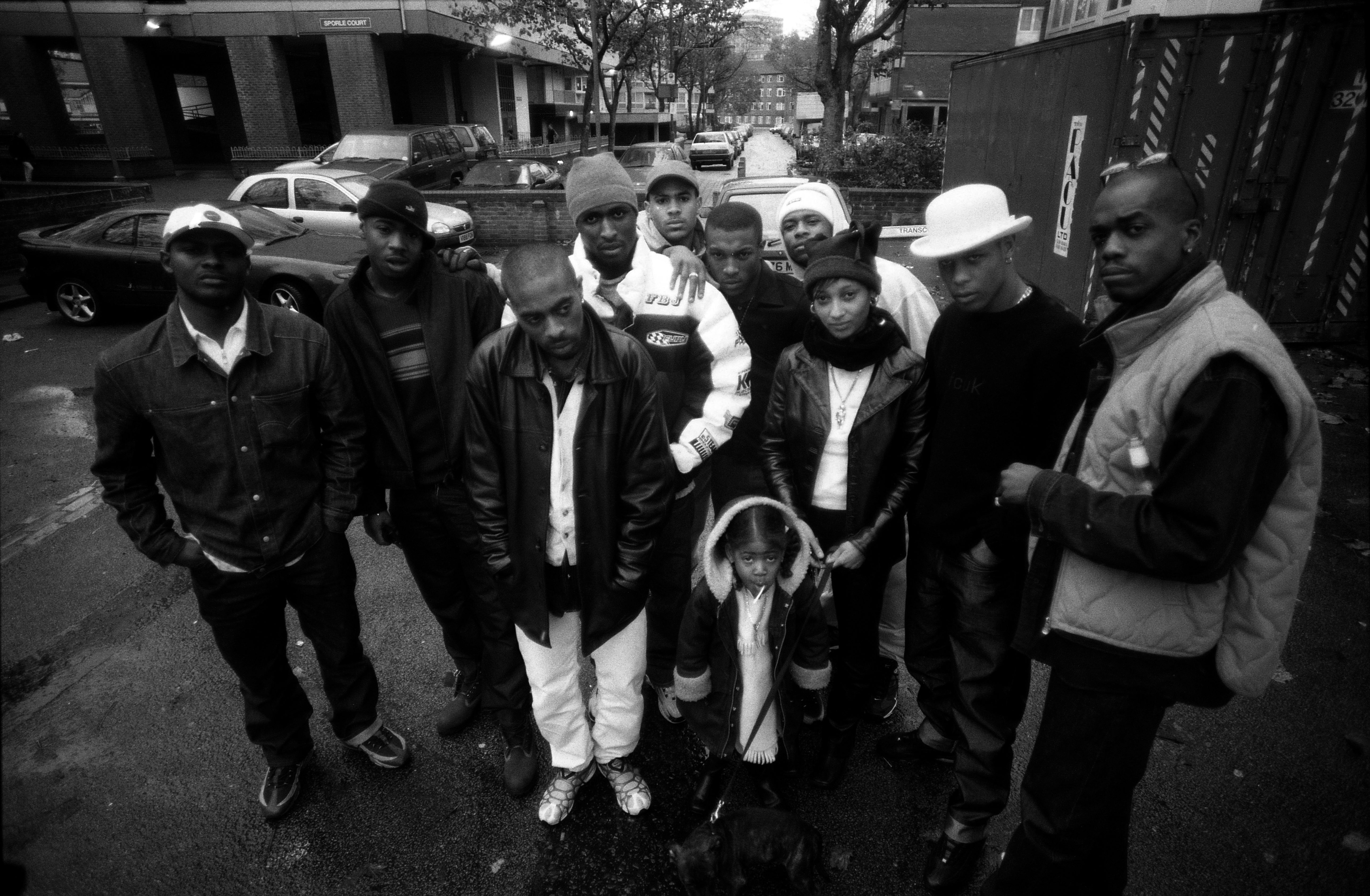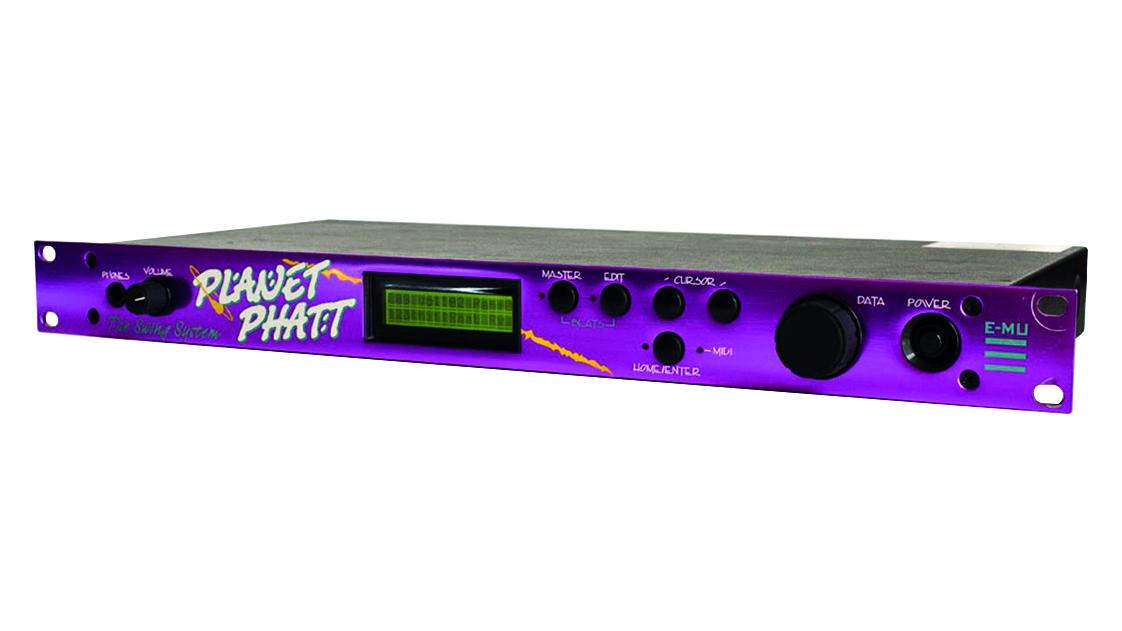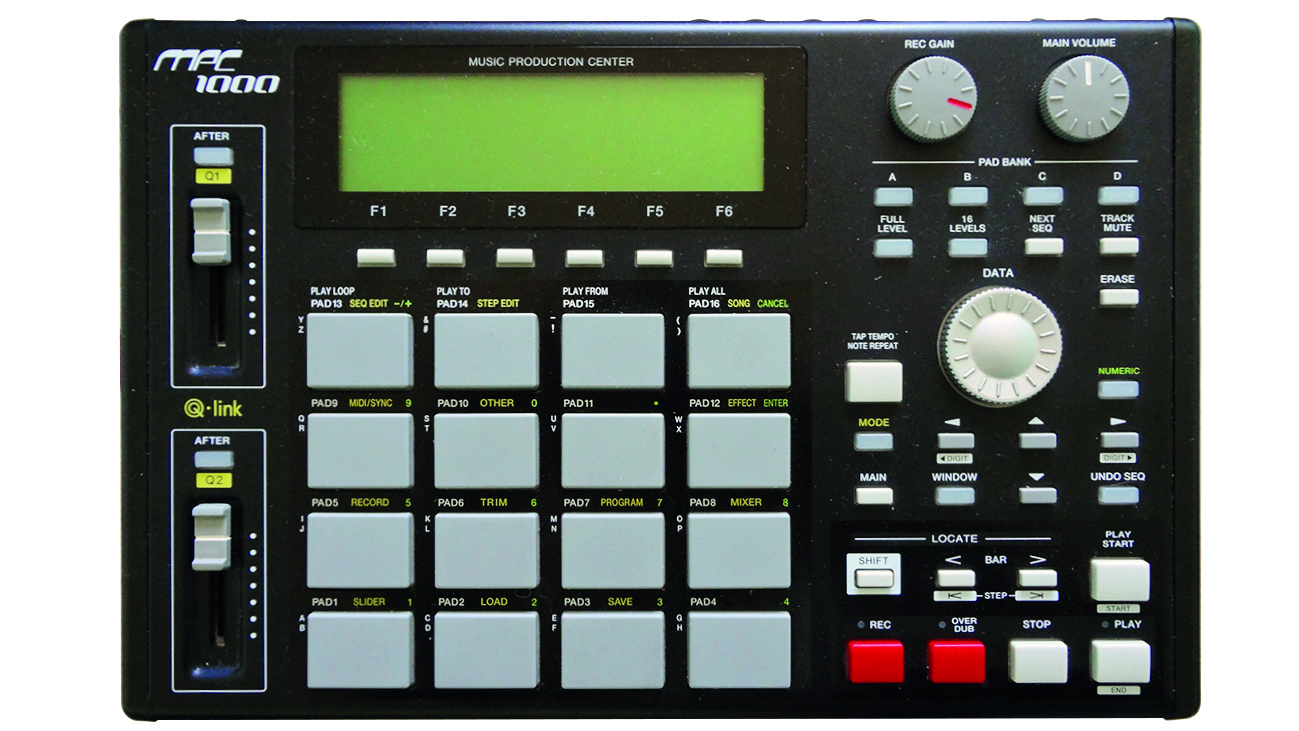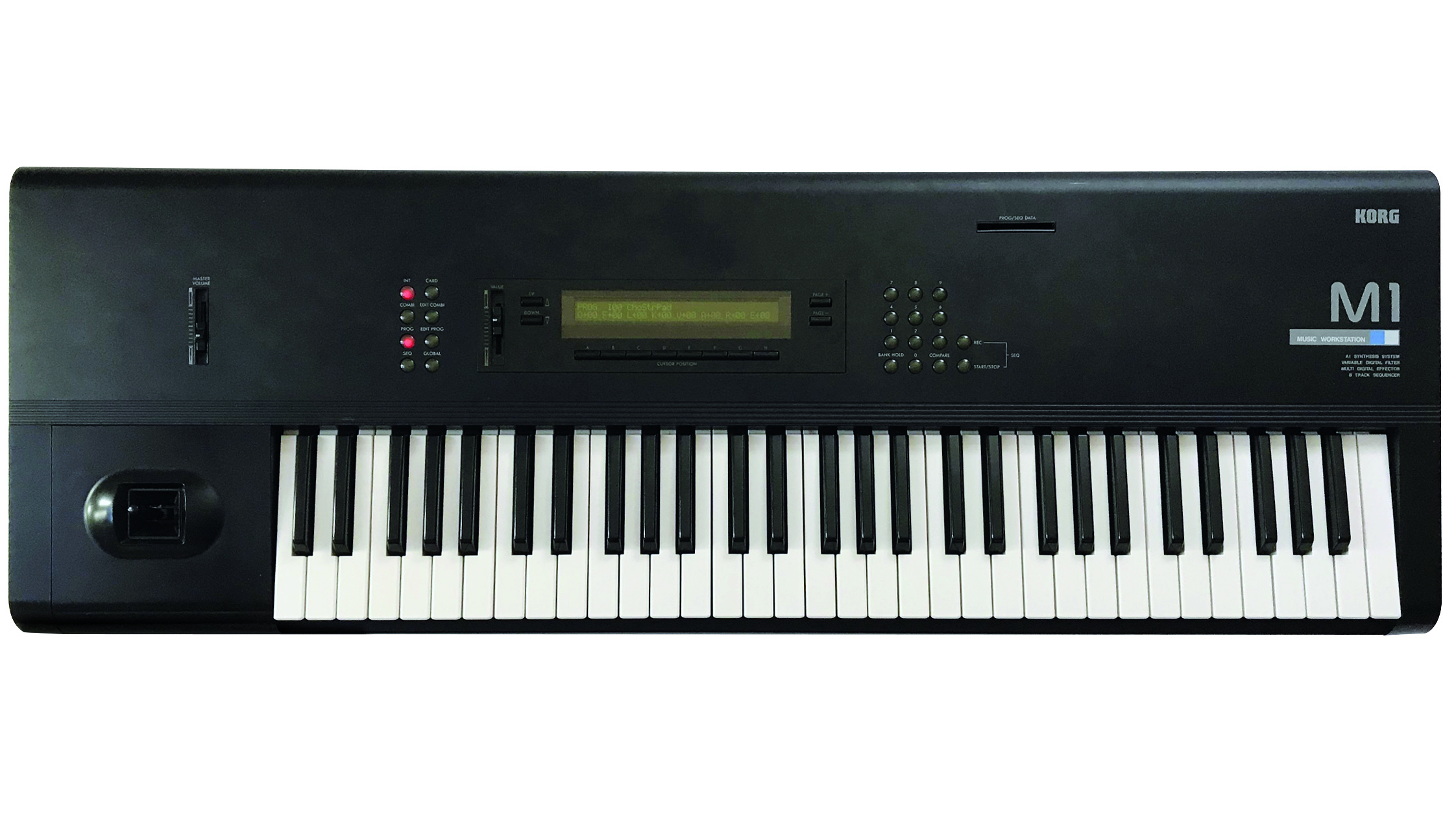Everything you need to know about: UK garage
From ’70s roots to ’90s chart dominance, UK garage is the European cousin of a classic New York sound

UK garage emerged as a genre in the mid-’90s, but to understand where it came from we need to go back to ’70s New York, where a young Larry Levan got his first big break as a DJ and secured a residency at the new Paradise Garage club.
In much the same way as the music played at the Warehouse in Chicago was referred to as ‘Warehouse music’ and then house, the mixture of soul, disco and rock that Levan span at the club became known informally as ‘Garage music’. With the arrival of house in the ’80s and Levan’s position as one of the leading New York house DJs, this evolved simply into garage or garage house (these days you’ll sometimes hear it called New York garage, US garage or similar names to differentiate it from the UK genre).
As the sound crossed the Atlantic, hits like Rosie Gaines’s Closer Than Close (1995) inspired UK producers to imitate the American sound. Garage quickly evolved to suit British tastes: US tracks were pitched up to make them faster; the kleptomaniac sampling style of jungle and hardcore production took hold; MCs began to rap over the top of DJs’ selections. The UK sound matured around 1996 and 1997, when some producers moved toward a bass-heavy four-to-the-floor style known as speed garage – think Double 99’s RipGroove, or Armand van Helden’s remix of the Sneaker Pimps’ Spin Spin Sugar – while others headed in the direction of more delicate, vocal-driven sounds inspired by US tracks like Roy Davis Jr’s Gabriel, the Kelly G remix of Tina Moore’s Never Gonna Let You Go or the classic Todd Edwards remixes of St Germain’s Alabama Blues.
The first key tracks in the UK scene put a European twist on the production styles and techniques of American producers – heavily swung and syncopated house-inspired rhythms, deep bass grooves, soulful vocals and instrumentation – but presented them at a faster tempo, around 130-140bpm, with the addition of distinctly British style of rap vocal, derived from the rave and pirate radio jungle MC tradition.
Scott Garcia’s It’s A London Thing (1997) tried to stake a claim for ownership of garage, but within a few years the sound was a national phenomenon. In summer ’99, Shanks & Bigfoot’s Sweet Like Chocolate scored the first UK number one for the scene, paving the way for huge crossover hits for acts like DJ Luck & MC Neat, MJ Cole and Artful Dodger (launching the career of Craig David with it). The syncopated ‘2-step’ style took over from ‘4x4’ (four-to-the-floor) as the dominant trend.
For a brief, glorious moment, UK garage ruled the pirate stations and the pop charts simultaneously, but it couldn’t last. In a moment of tabloid moral panic, So Solid Crew’s December 2001 UK tour was cancelled by promoters following a shooting at a gig. With the emergence of the harder-edged, MC-driven sound that would shortly morph into grime, garage earned a (largely undeserved) reputation for violence, and the genre’s commercial moment in the sun ended around 2003.
For the best part of the next decade, garage’s most tangible impact came in the form of its influence on other genres: notably grime, dubstep, niche/bassline and UK funky. Moments of interest bubbled up as DJs and producers like Jamie XX and Disclosure worked garage elements into their sound, with the term ‘future garage’ being coined around 2009 to describe newer twists on the genre. Garage has never quite repeated the popularity it enjoyed around the turn of the millennium, but, if anything, its stock has risen over the last few years, with a new wave of producers like Conducta and Flava D exploring everything from retro throwback sounds to exciting hybrids with other production styles.
Get the MusicRadar Newsletter
Want all the hottest music and gear news, reviews, deals, features and more, direct to your inbox? Sign up here.
Three vintage UK garage bargains
E-mu modules From £50

Hardware romplers have become almost extinct in the age of softsynths, but in the ’90s they were one of the most accessible ways to incorporate realistic sampled sounds into your tracks. Essentially a MIDI-controlled sound bank in a 1U rackmount box, most modules offered relatively little in the way of sound design but served up an array of keyboard sounds, synths, drum hits and acoustic instruments. E-mu were one of the leading brands at the time thanks to modules like the Vintage Keys, Proteus and Planet Phatt. You’ll hear their sounds all over classic garage tracks, but their outdated approach means they’re worth very little. Snag yourself a bargain from around £50 for a truly authentic hit of ’90s garage sound.
Akai MPC From £100

Like most ’90s genres, hardware samplers played a big role in UK garage production. Akai S-series rackmount samplers were particular favourites, but their workflow is clunky compared to that of a modern DAW. A better option is to introduce some classic sample chopping to your sound via the brand’s MPC sampler-sequencers. Look for older standalone models for the authentic ’90s workflow. Prices start as low as £100 for the basic MPC500 and increase as you get to older and more sought-after models. The MPC60 and MPC3000 still sound amazing but their prices reflect their iconic status. The excellent MPC1000 offers the best value for money. Check out JJ OS for extra functionality.
The best samplers 2020: standalone hardware instruments for live performance or studio production
The 18 best synthesizers 2020: top keyboards, modules and semi-modular synths
Korg M1 Around £200

Released in 1988, the M1 was Korg’s answer to the ‘workstation’ concept that briefly ruled the synth world, allowing you to program entire tracks in one box. Its samples-and-synthesis sound conquered just about every genre you can name, but its pianos, strings and organs are particularly good for garage. It still holds the record for the biggest-selling hardware synth of all time, so they’re easy to find on the second-hand market. Expect to pay around £200 for a decent example. Korg’s own plugin version ($49.99) sounds virtually identical if you want a software alternative.


Future Music is the number one magazine for today's producers. Packed with technique and technology we'll help you make great new music. All-access artist interviews, in-depth gear reviews, essential production tutorials and much more. Every marvellous monthly edition features reliable reviews of the latest and greatest hardware and software technology and techniques, unparalleled advice, in-depth interviews, sensational free samples and so much more to improve the experience and outcome of your music-making.










